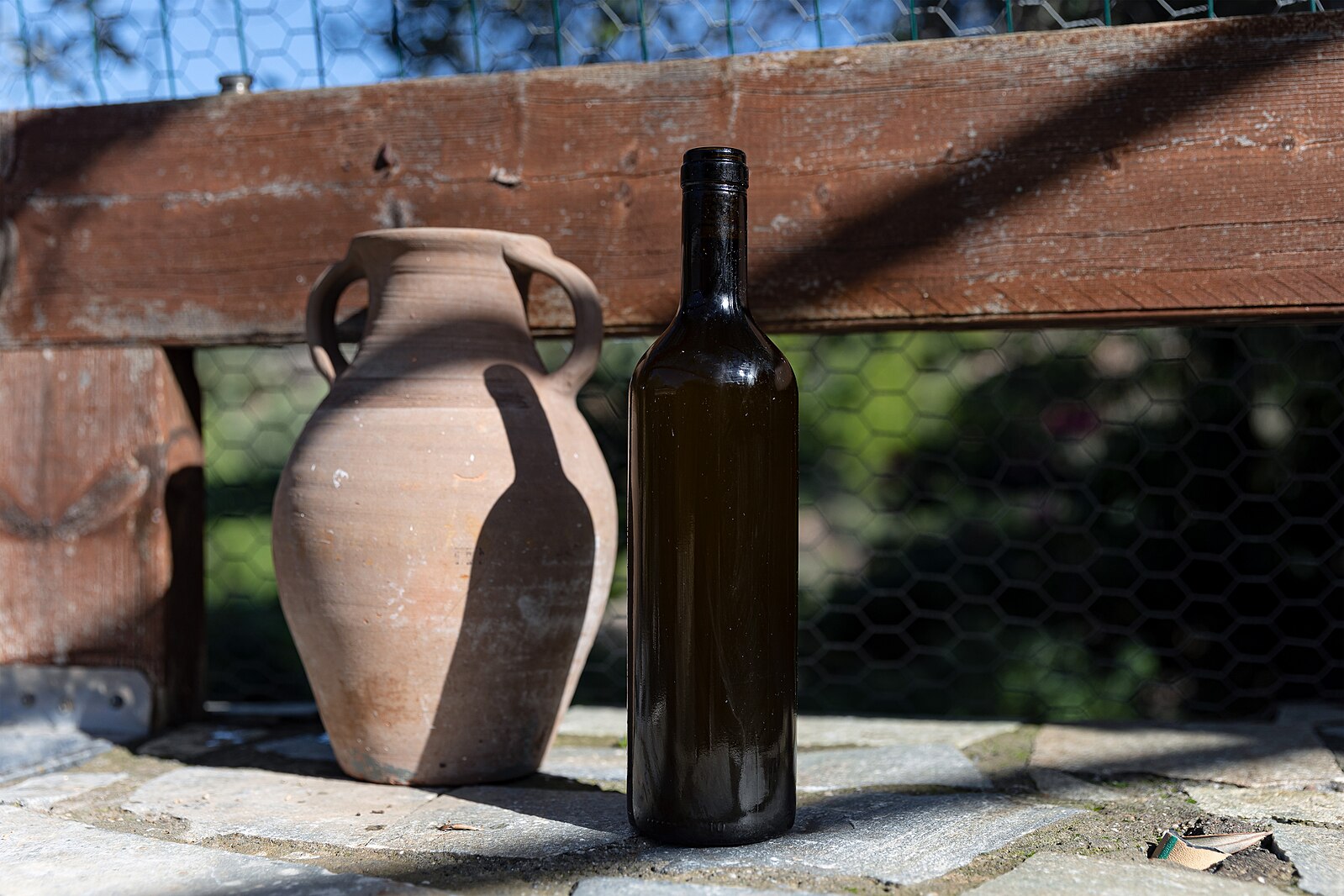
Greek food has won the hearts of millions of people, and traditional cuisine occupies the top places in world rankings. Such a widespread love for Greek products has given rise to an abundance of products that are simply inauthentic.
Some of these simply spoil the taste of the dish, which can hardly be called truly Greek, and some are deprived of all their original benefits.
Here are some useful tips on how to spot fake versions of your favorite Greek food.
Olive Oil, a Target for Fakes

Olive oil is a national treasure and the pride of the country. Thus, the famous olive oil producer from Sparta received the prestigious EVOO global olive oil award 2022, which brought Greece to first place in this category.
However, the oil often becomes a target for counterfeiting. However, there are a few things that may be warning signs when choosing olive oil. Fraudulent practices in this industry are rampant due to the popularity of extra virgin olive oil. Common scams include mislabeling products as “extra virgin” when they contain cheaper oils or low-grade olive oil. This deprives consumers of health benefits such as heart disease protection and essential monounsaturated fats and polyphenols.
To avoid falling victim to such scams, consumers should research sellers, read reviews, and check for harvest dates. Differentiating between the harvest date and best-before date is crucial when buying olive oil. Specialists say it is better to choose oil from the current year’s harvest for the highest quality. If the bottle lacks a harvest date, there is a need to check the best-before date, typically two years after bottling, to gauge the oil’s freshness and age.
To maintain quality, authentic products are usually stored in opaque or dark glass bottles, while oils in clear or plastic bottles should be avoided.
Honey, the Sweet Superfood

Greek honey, renowned for its sweet taste and nutritional benefits, has a rich history dating back thousands of years. It has consistently been considered the world’s best, even in ancient times. Greece’s beekeeping tradition evolved from foraging to sophisticated practices. This is evidenced by archaeological finds of ancient beehives and advanced beekeeping techniques during the Hellenistic period, including hive rotation to optimize honey production from diverse regional flora.
However, fake honey is very common, and the naturally sweet superfood is often difficult to find.
Genuine honey possesses a complex, floral flavor that lingers but isn’t overly sweet. It won’t feel excessively sticky when rubbed between fingers and may crystallize over time. In contrast, fake honey lacks complex flavors, leaves a sugary aftertaste, feels stickier, and doesn’t crystallize like real honey. These characteristics help distinguish real honey from its counterfeit counterparts.
Feta, a Protected Greek Product
Feta is perhaps the most Greek cheese and an integral component of many traditional dishes. Scientists at the Academy of Athens decoded the DNA of Greek Feta cheese, finding it to be one of the world’s most protein-rich cheese varieties with 489 different types of proteins. Feta cheese is traditionally made from sheep milk, sometimes mixed with goat milk, and is a staple of Greek cuisine.
In 2002, the EU gave feta the status of a Greek product with a protected designation of origin (PDO). And these are exactly those treasured three letters that you need to look for on the packaging. Many cheeses may look like feta, but they actually aren’t.
The origin of cheese, like wine, is influenced by climate, geography, and animal diet. Greek feta’s distinct flavor comes from sheep and goats grazing on wild herbs, resulting in aromatic milk. Protected by PDO, true feta must contain no more than 30 percent goat milk and adhere to specific grazing conditions in Greece. Imitation “salad cheese” often uses cow’s milk, lacks feta’s unique characteristics, and may even be bleached. However, PDO doesn’t guarantee artisanal production as some such foods are made by large manufacturers.
Moussaka, Harmonious Fusion of Flavors

Authentic Greek moussaka showcases the delicate balance of thinly sliced, fried or grilled eggplant, a flavorful lamb or lamb-beef mixture, and a luscious béchamel sauce.
Substitutions such as pork or chicken mince can alter the dish’s authentic depth of flavor, potentially impacting the traditional moussaka experience. Each layer of moussaka should retain its individuality and not merge during baking.
The true authenticity test lies in the harmonious fusion of flavors, including the earthy eggplant, the richness of the meat, and the creamy bechamel sauce which should complement each other seamlessly. If any element overwhelms the others, it’s a sign that the dish may not be the genuine Greek moussaka experience.
Pastitsio, a Comfort Greek Dish
Pastitsio — yay or nay? pic.twitter.com/BB8BxICzUz
— Woman of Wonder (@WonderW97800751) December 11, 2022
Another quintessential Greek comfort dish, pastitsio, is a harmonious blend of pasta, ragu, and bechamel layers.
Authenticity matters when ordering this classic in a restaurant. The pasta should be long and tubular. Pastitsio should not be prepared using penne or spaghetti, as it deviates from the authentic recipe. The rich meat sauce, featuring beef or lamb with tomatoes, herbs, red wine, and a touch of cinnamon, is the hallmark of genuine pastitsio—not versions with alternative meats or extra veggies.
Proper assembly requires distinct layers of pasta, meat sauce, and a generous topping of thick béchamel, often with kasseri or kefalotyri cheese beneath it. The true essence of pastitsio lies in the balance of its delicious layers, setting it apart from ordinary pasta bakes.
Fresh and Easy Tzatziki

Tzatziki is a cornerstone of Greek cuisine, celebrated for its simplicity and rich flavor profile. Crafted from luscious Greek yogurt, it boasts a creamy texture that defines its authenticity. While goat, sheep, or cow’s milk yogurt can be used, the key is density.
Authentic tzatziki requires cucumber, which must be thoroughly drained to avoid excess water content. This ensures a delightful crunch without dilution. Garlic, a Greek favorite, adds its signature kick to the dip.
If your tzatziki lacks flavor, it’s likely short on garlic. In essence, tzatziki is a harmonious blend of a few key ingredients, creating a creamy, fresh accompaniment to Greek dishes.
See all the latest news from Greece and the world at Greekreporter.com. Contact our newsroom to report an update or send your story, photos and videos. Follow GR on Google News and subscribe here to our daily email!



